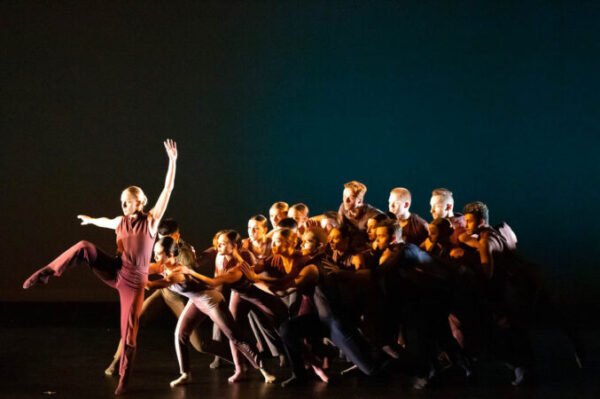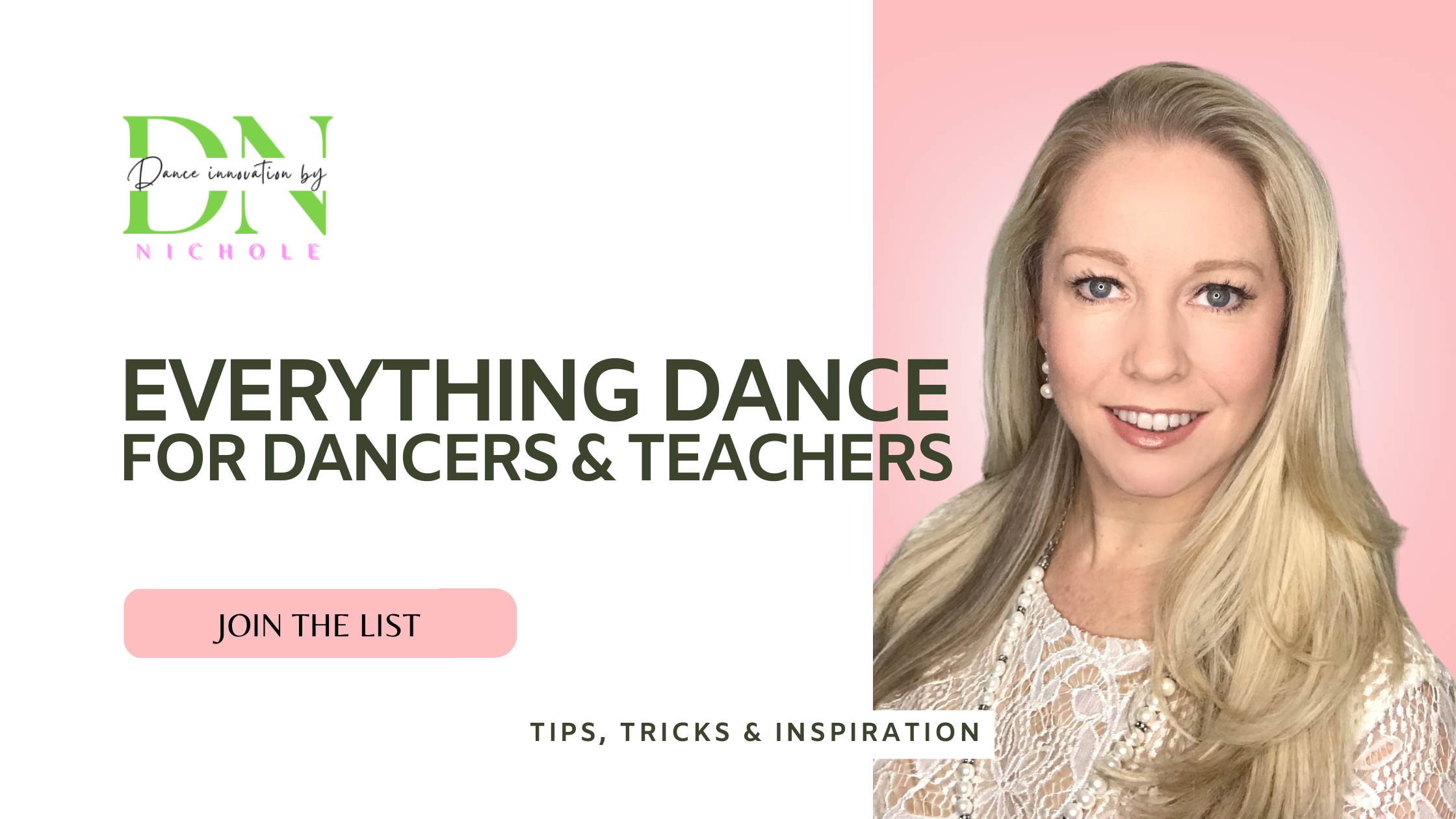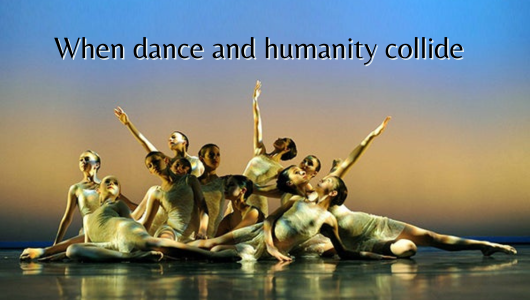In the wake of Covid, many public school systems lost art programs, dance studios closed, and people around the world lost connection. As we fight to re-establish that connection on a daily basis, we are also fighting to rebuild the art that inspires our soul. Dancer and budding writer, Scarlett Pigeaud, recently attended Destiny Rising in NYC. Here is her take on it.
-Nichole Fortunato

The Lost Connection
By: Scarlett Pigeaud
Signs posted all over the Joyce Theatre read “masks required.” As I entered the lobby, I was transported back to when those signs were nothing short of expected in every establishment. I reverted back to communication through eye contact as I collected my ticket and found my seat. Chatter rippled throughout the audience as everyone connected over mutual friends, teachers, and choreographers. Each person craved the verbal and physical connection that we lacked throughout the pandemic. A memory of those barriers still surviving through the muffled voices of the masked crowd.

“Sorry,” was heard coming from the stage as the first dance of Destiny Rising commenced. I looked around the stage to pinpoint where it was coming from. A group of young dancers, all uniformly dressed in what looked to be reminiscent of sports jerseys entered the stage. “Sorry,” I heard it again. They moved as though the drumbeat, created by a live musician onstage with them, inspiring each of their movements and timing. I heard the verbal cue once more, but this time clearer, as I could read it on the dancer’s lips. Unmasked, the dancers moved rhythmically around the stage, conversing with each other both through their movement and speech. The choreography itself was visually pleasing to watch – the dancers looked to be almost playing a game, their circular and chaotic formations providing an illustration for the audience to digest. It was refreshing to watch such a large group of dancers in front of me, showcasing the time and effort put into creating the piece.

As each number set foot on the stage, I was met with a different group of movers, from different backgrounds, interpreting steps and stories in different ways. The incredible American Ballet Theatre company dancers showcased their strength and grace in their pieces. The Pas de Deux in particular displayed a message of guidance and redirection for me, the two ballet dancers creating effortless images for the audience, moving so closely together as one. Sharing the same breath of air, it was clear how connected the two dancers were. Hours in the studio were displayed as they remained physically connected for the entirety of the piece. This connection resembles something so natural, uniting two bodies that just a year ago would have been mandated to stand six feet apart. The same contact was shared between the two male dancers performing a rendition of a Martha Graham duet, lifting and contracting their bodies in harmony, as they melted their weight into one another

Another large group of young dancers showcased a piece, having traveled all the way from their studio in Texas. The choreography was unique, allowing a window into the creator’s head. The moves felt internal, each dancer displaying multiple moments full of limb-to-body contact. The dance progressed, and I felt an organized loss of control within the piece. The dancers, not stifled by any outside regulations, were able to fully express their talent and work on the stage. I felt that same expression in each and every one of the pieces, partnered with a sense of relatedness between each of the dancers. Even in the piece composed of dancers from multiple different college programs throughout the country, that interconnection was there. It was the movements themselves that unified them as one – their individual bodies demonstrating gestures as a collective. In the solos that sense of community shined through too, as a member of Parsons Dance drew the audience in as she presented an incredibly fun and beat driven piece. The night concluded with a jazz piece, using chairs and their own costumes as props to magnify the moves themself. The dance was immensely entertaining to watch, each dancer performing with their full facility, showcasing strength, technique, and storytelling. Watching these dancers as they performed only exemplified the need for the face as a necessary extension of the movement.

It was truly enjoyable to watch such a diverse conglomerate of dancers and choreography take the stage. Each piece kindled a sense of inspiration and feeling, even as a third party participant. Simply watching the movements and visuals unfold on the stage left me with a touch of gratefulness for dance as an expression and communication tool. The forceful separation of our collective physical presence throughout the pandemic only emphasized the impact of dancing as a group, and that connection was felt all the way in the very rear of the theatre.

She was an Elite Dancer for Excel in Motion for 6 years.

